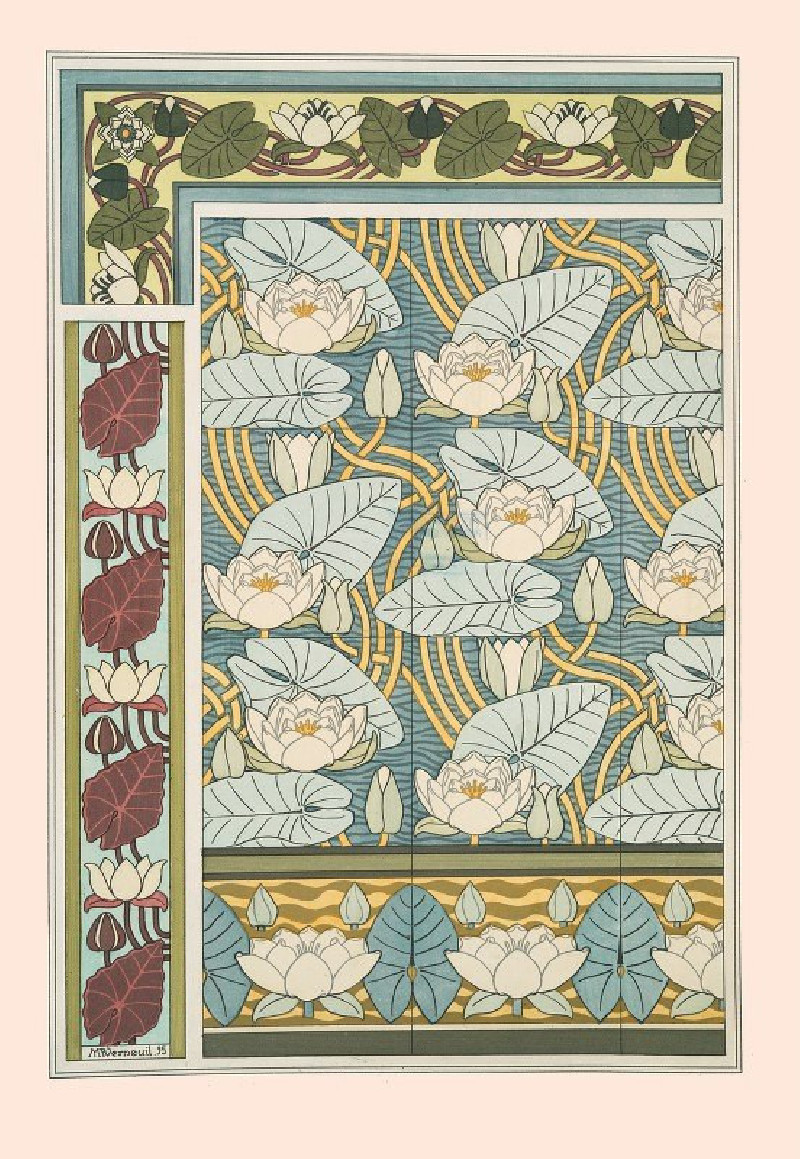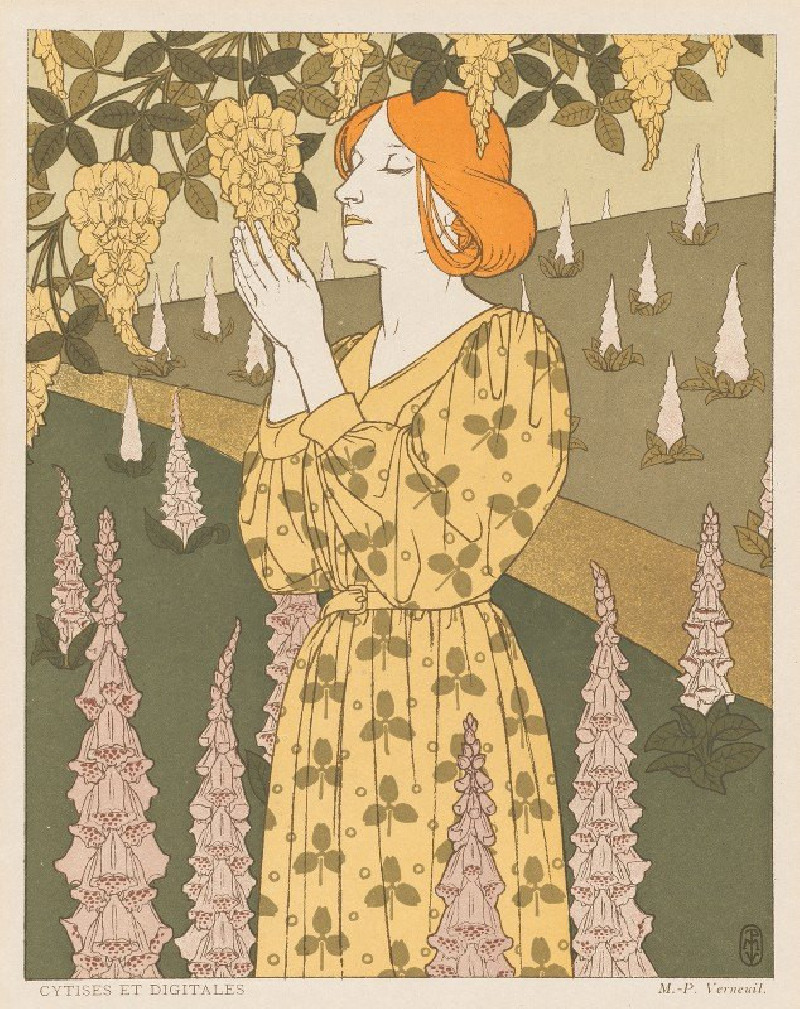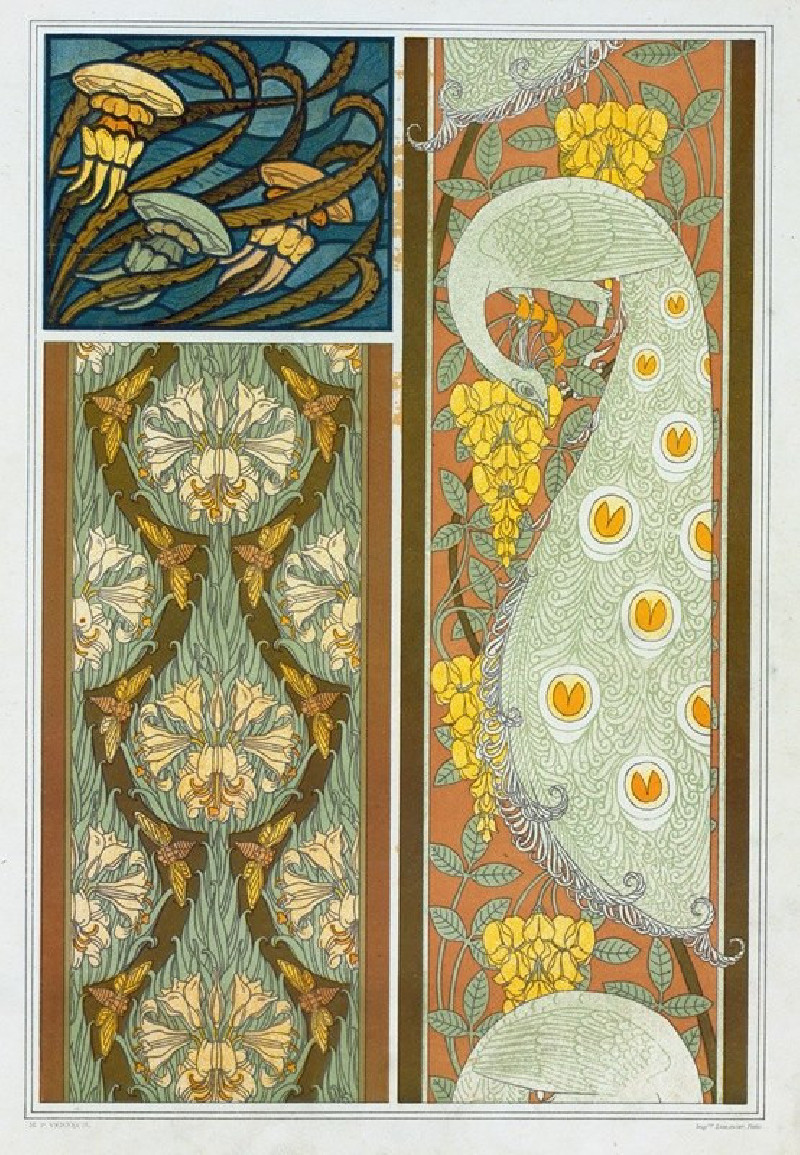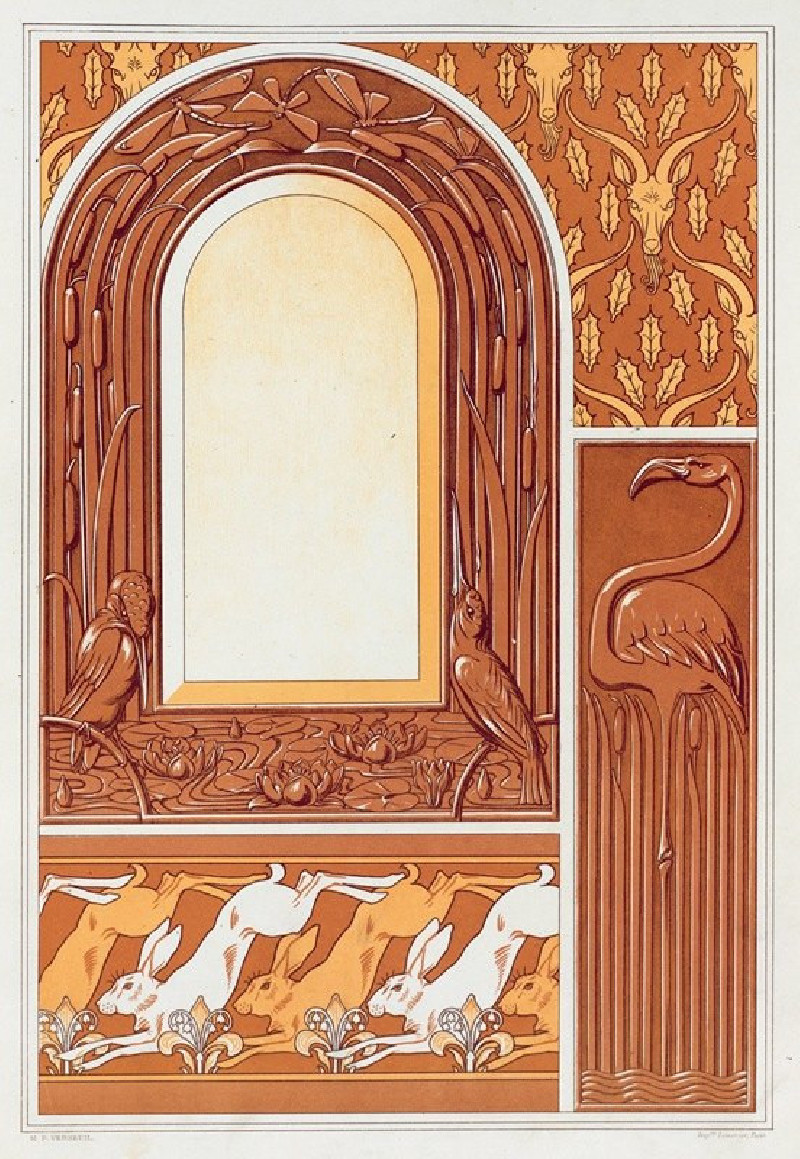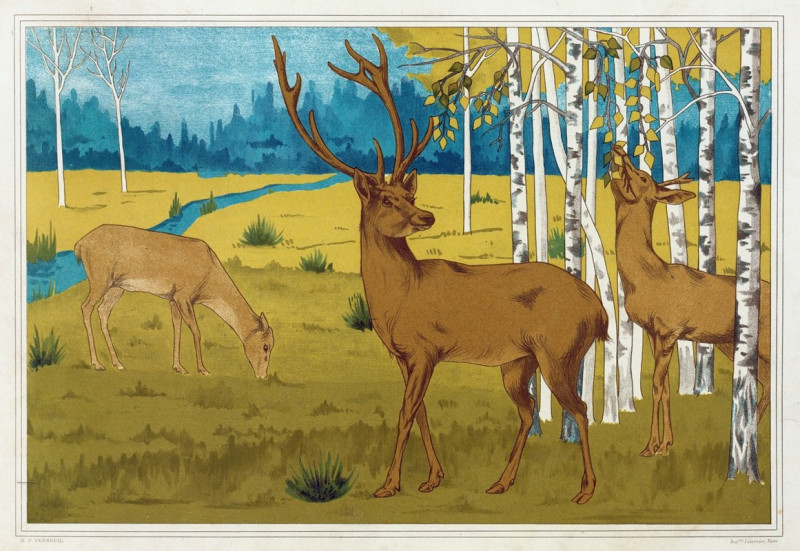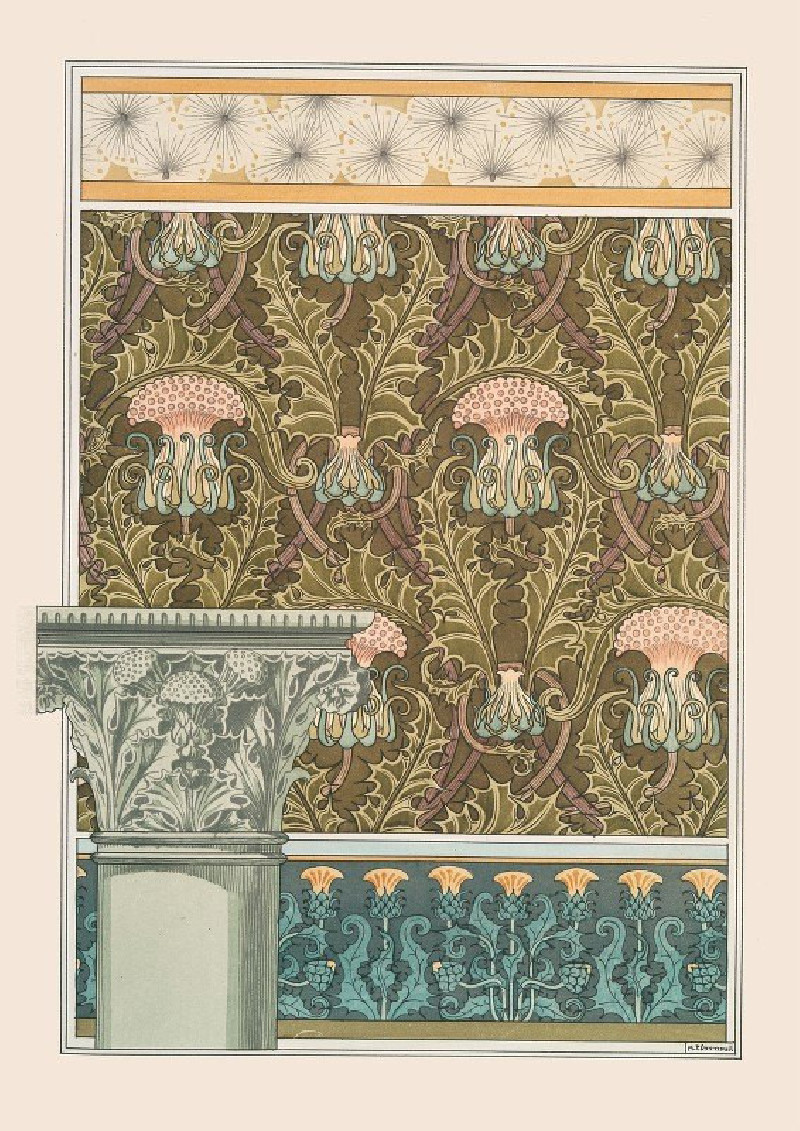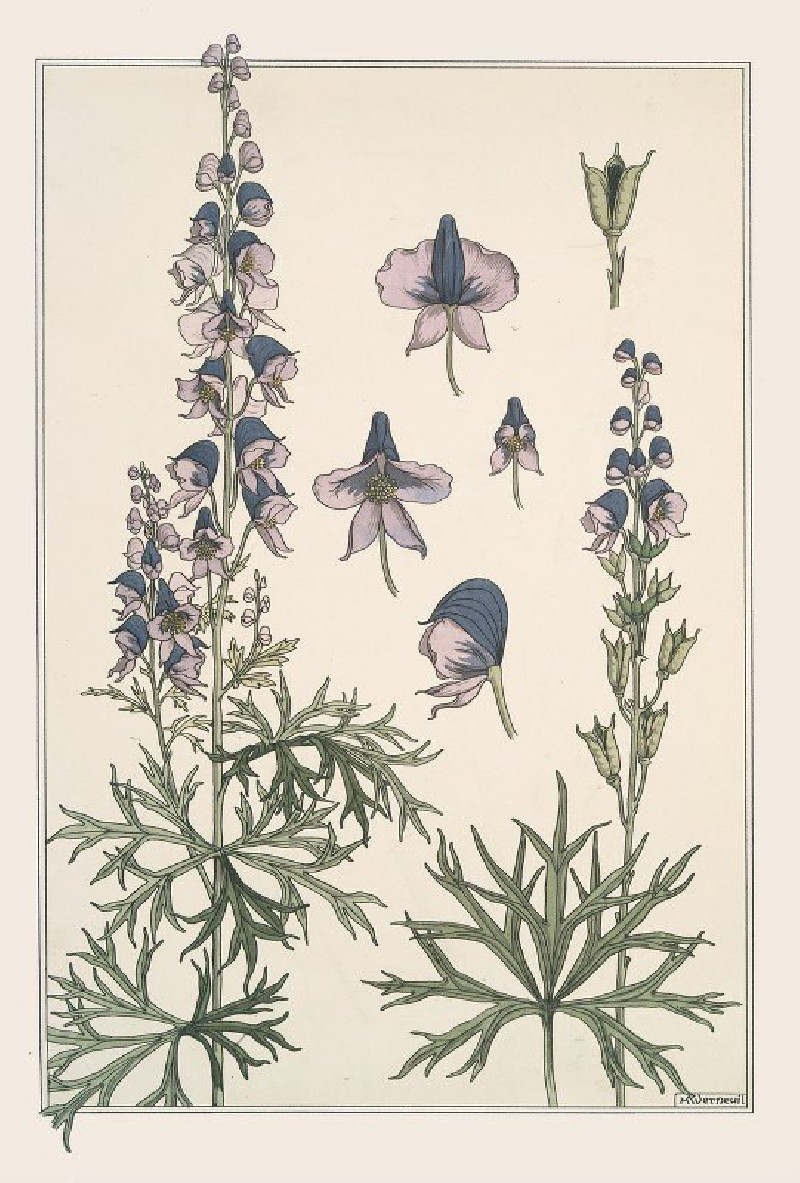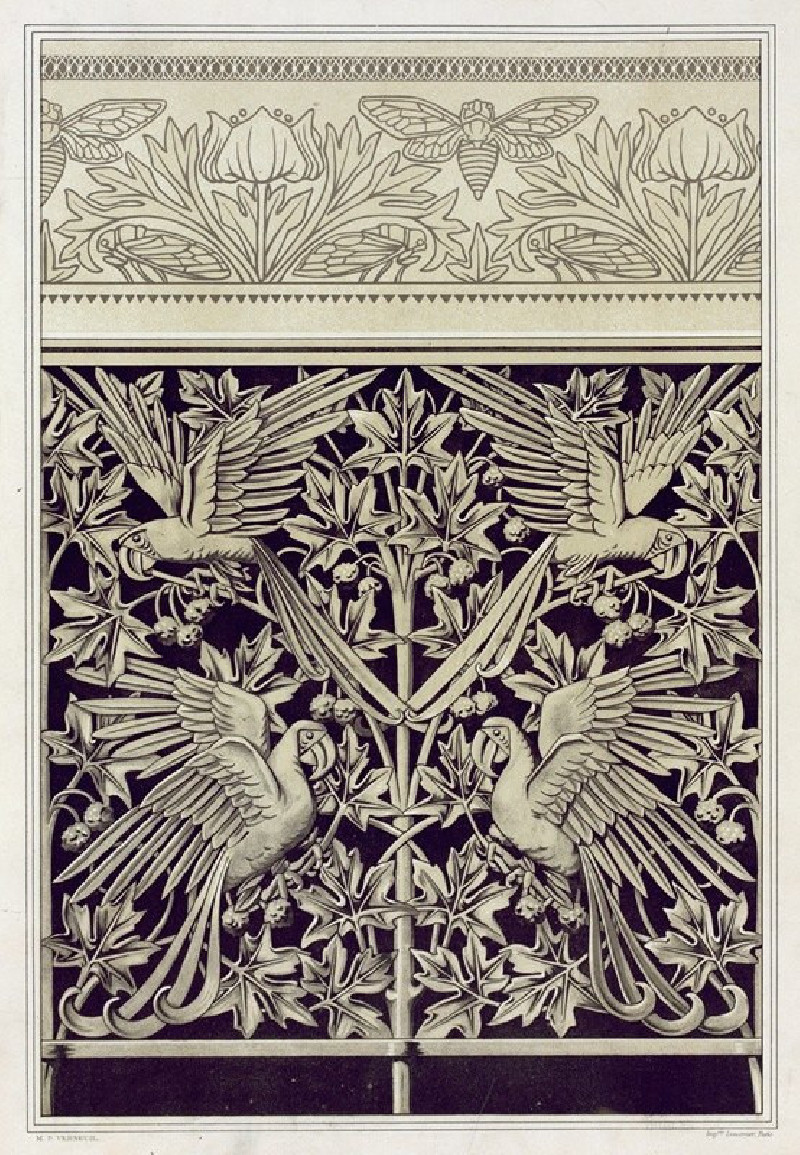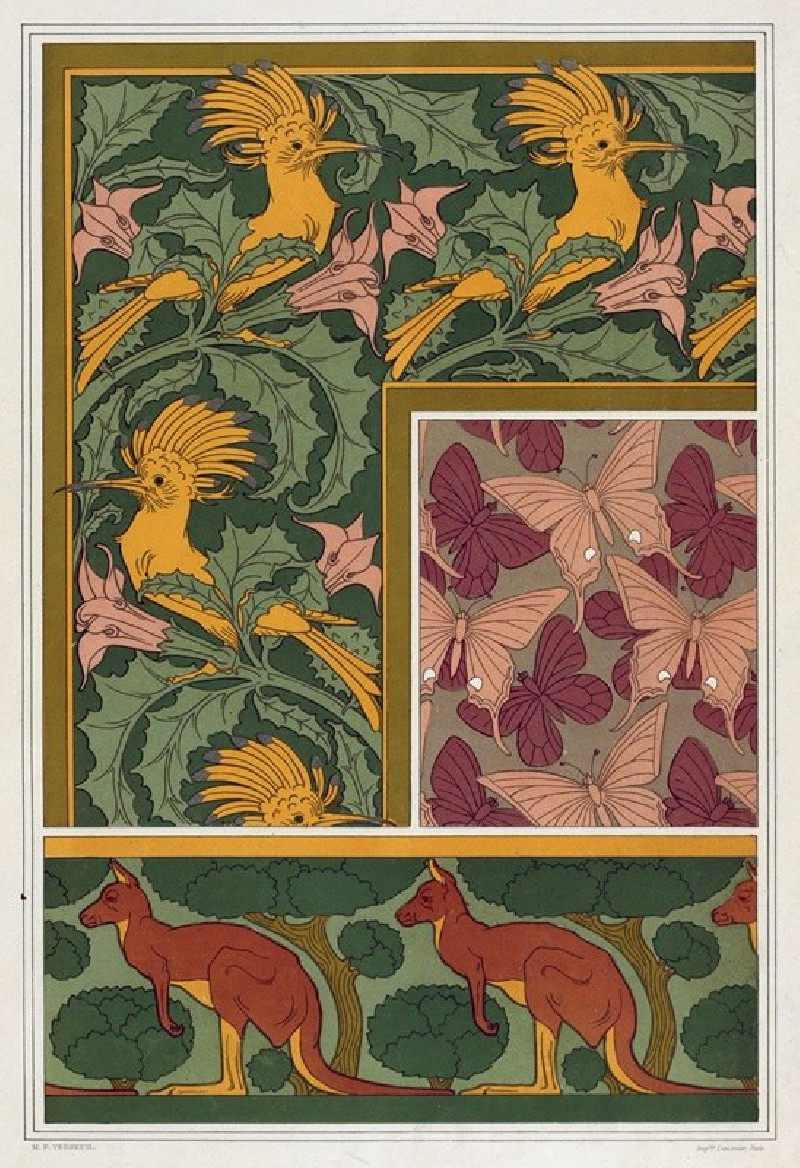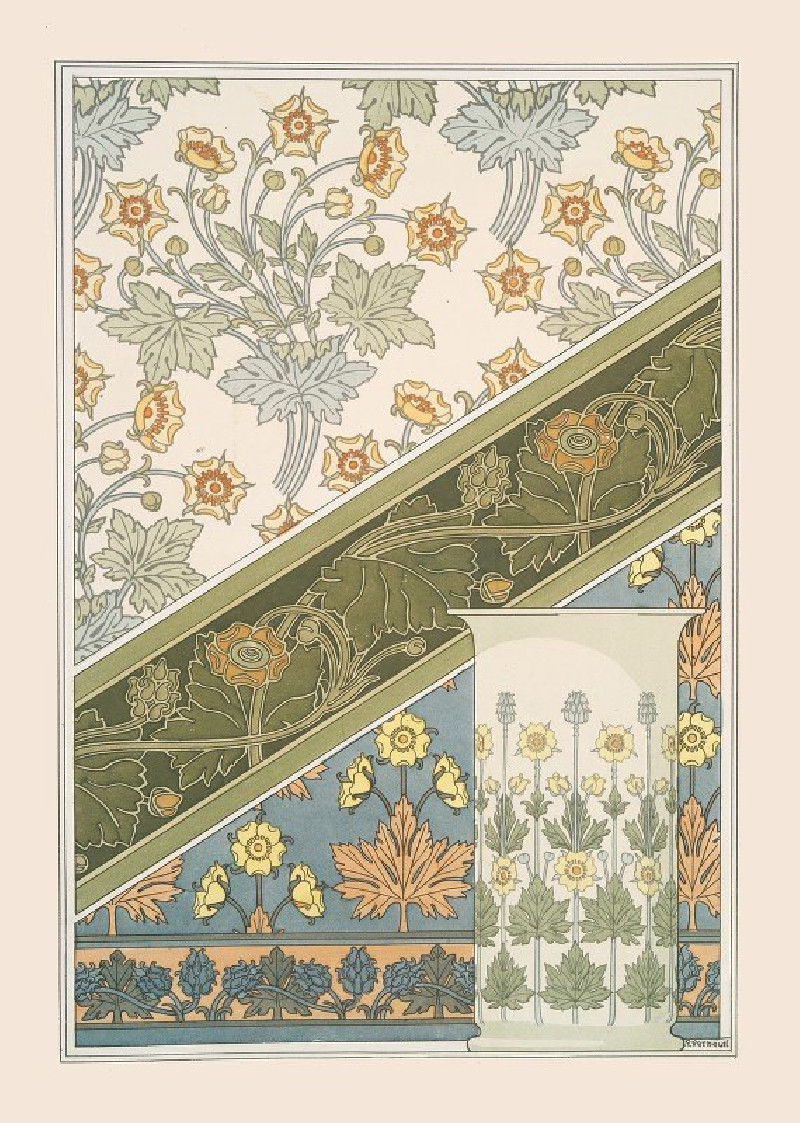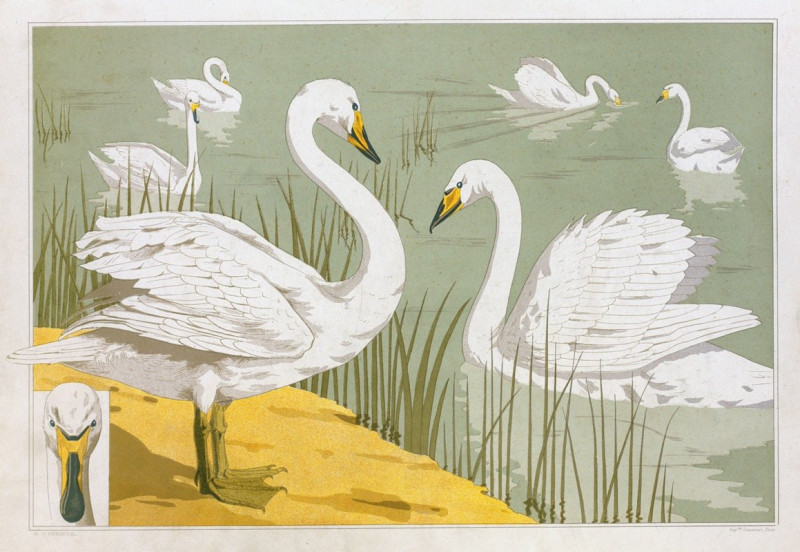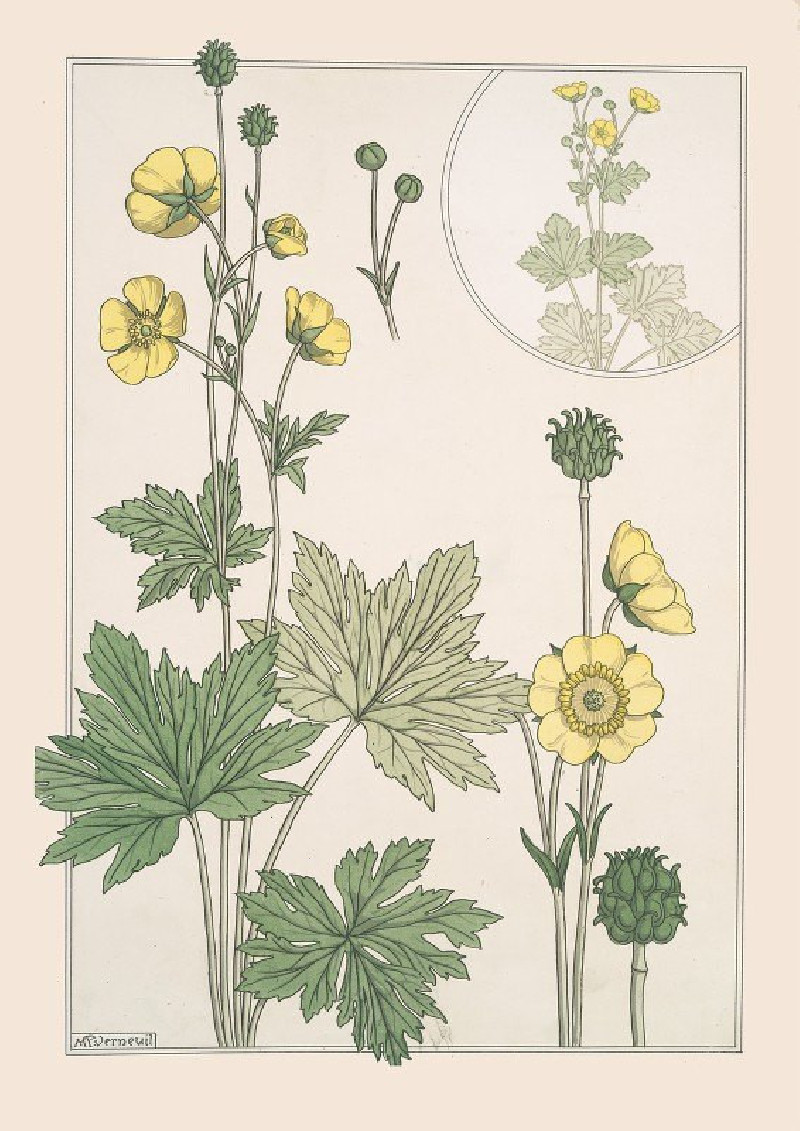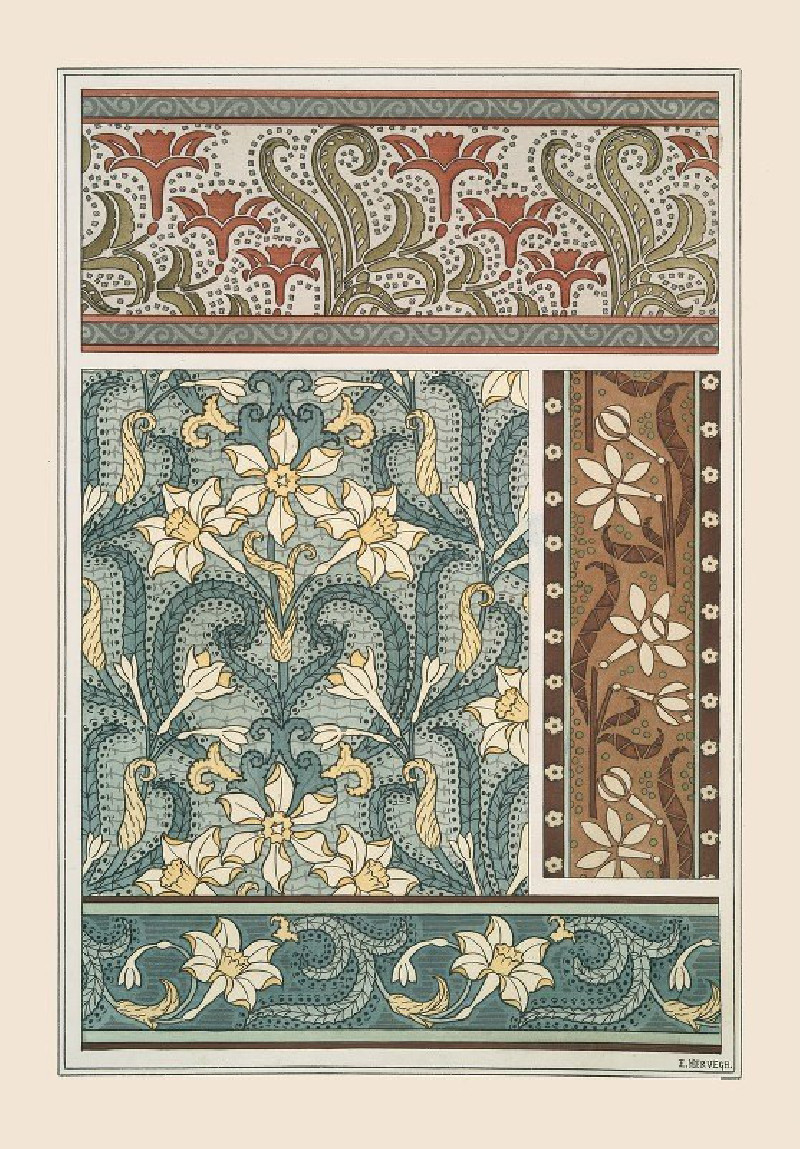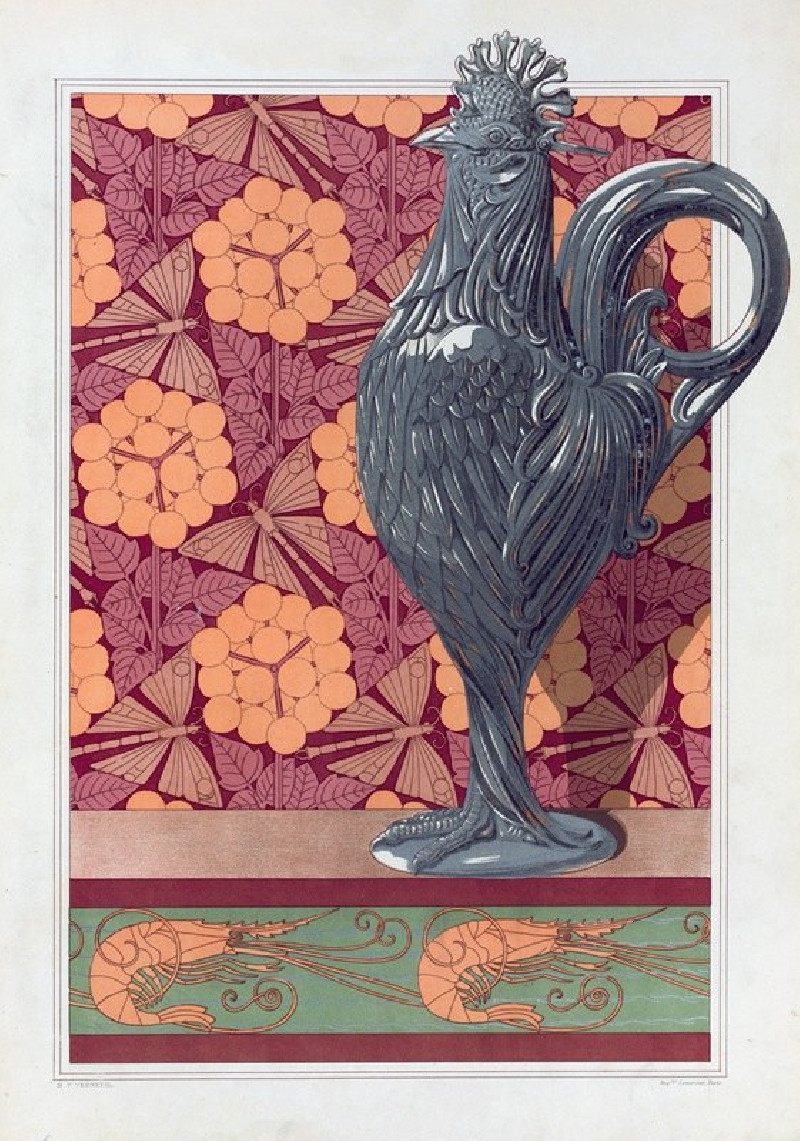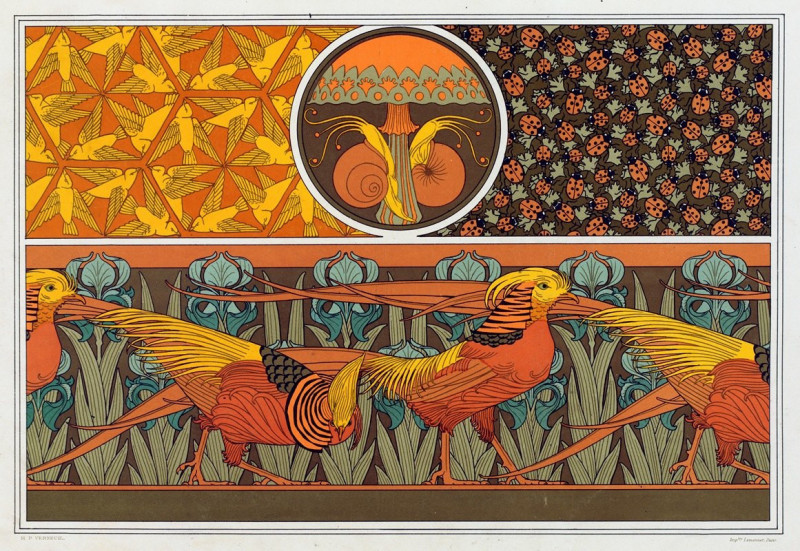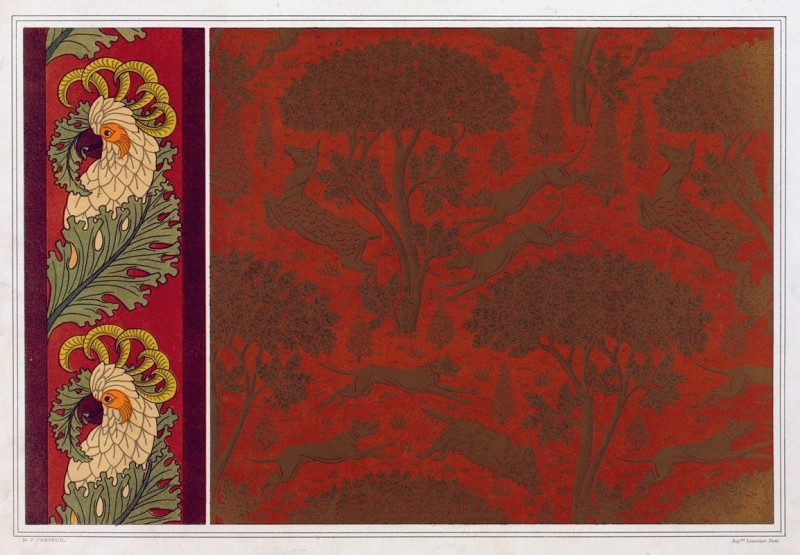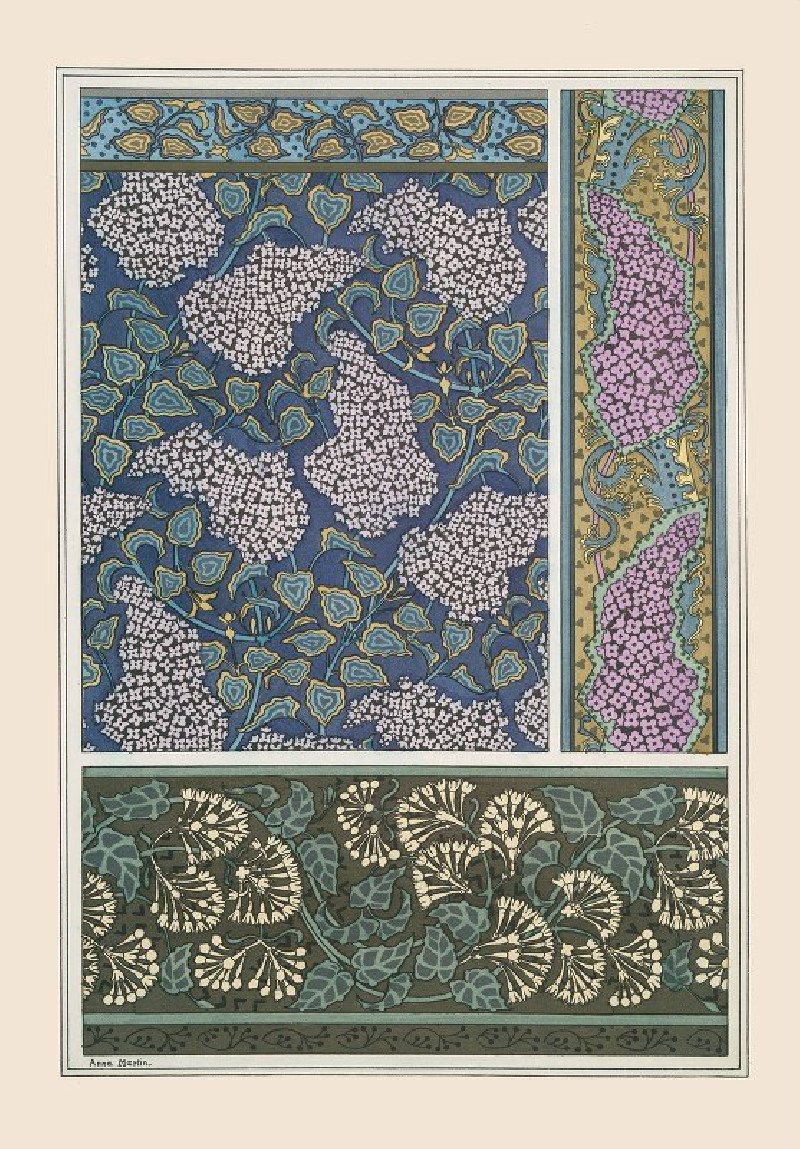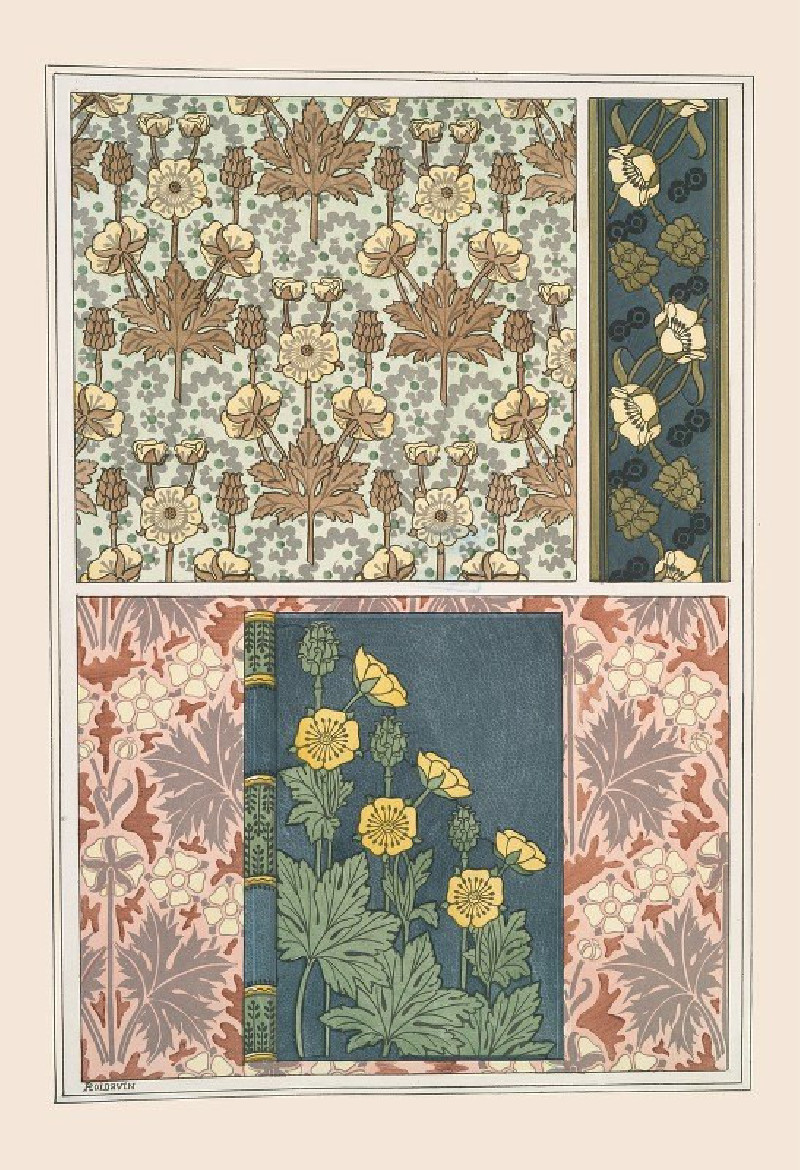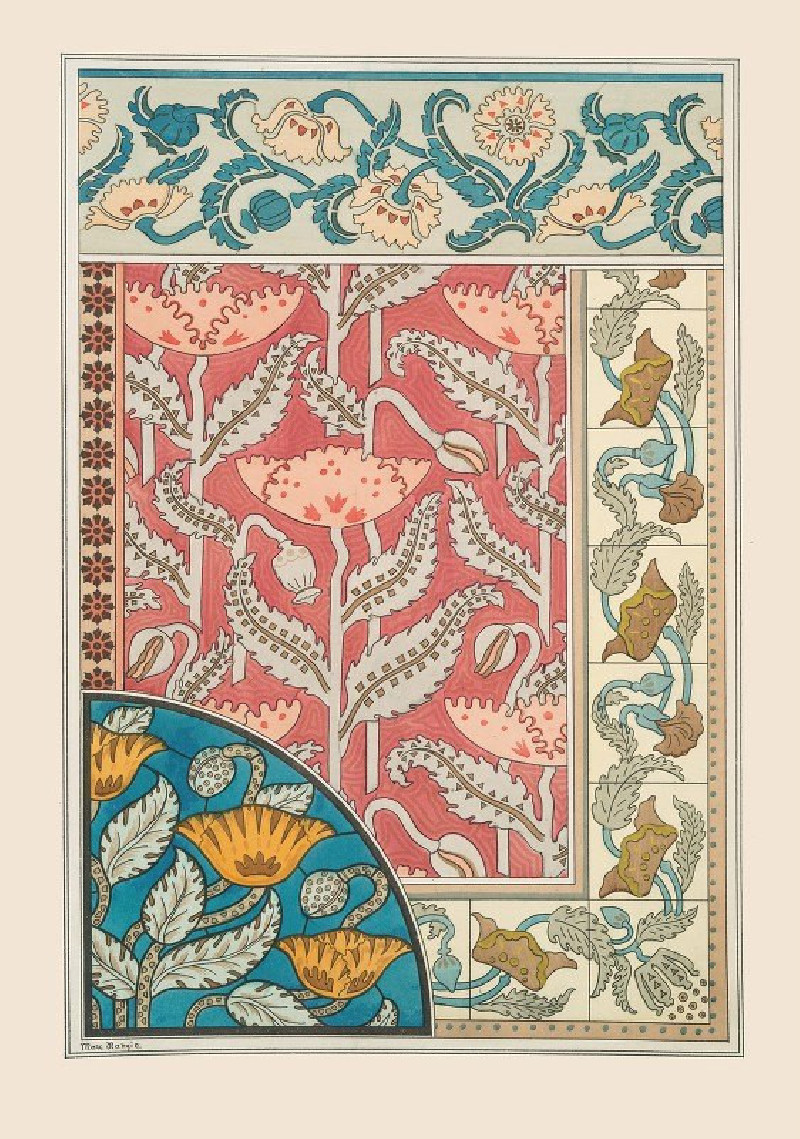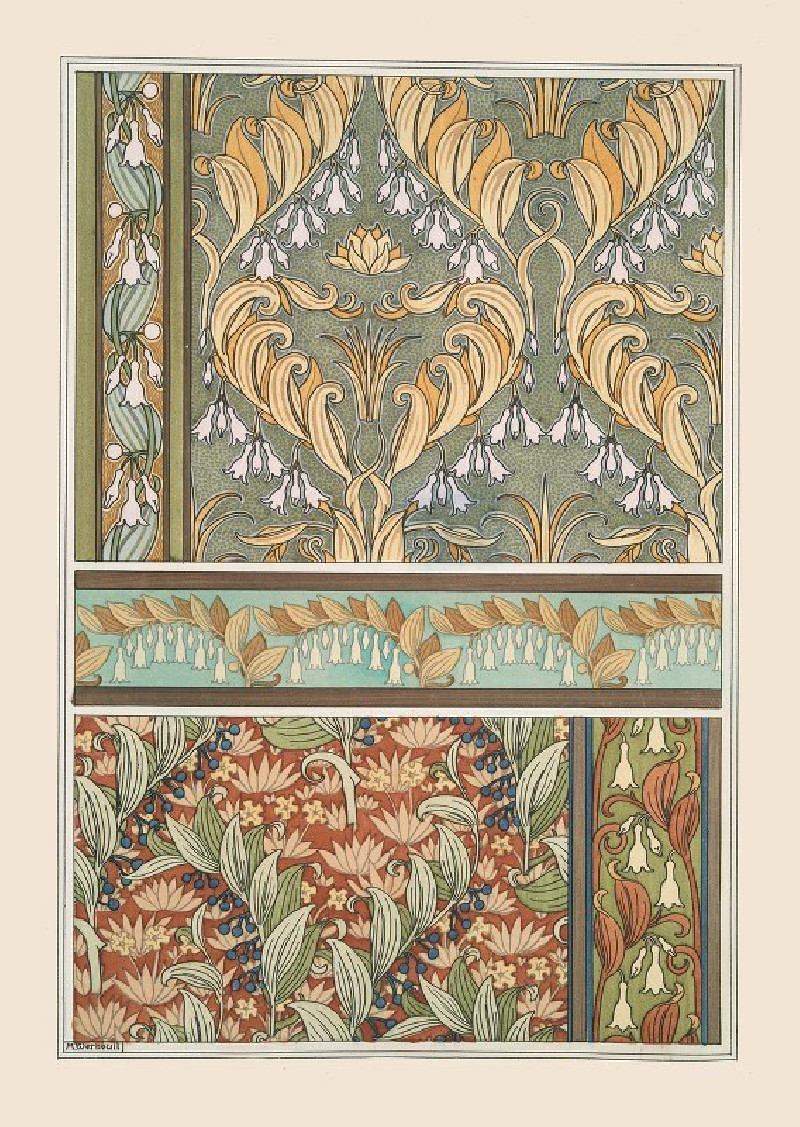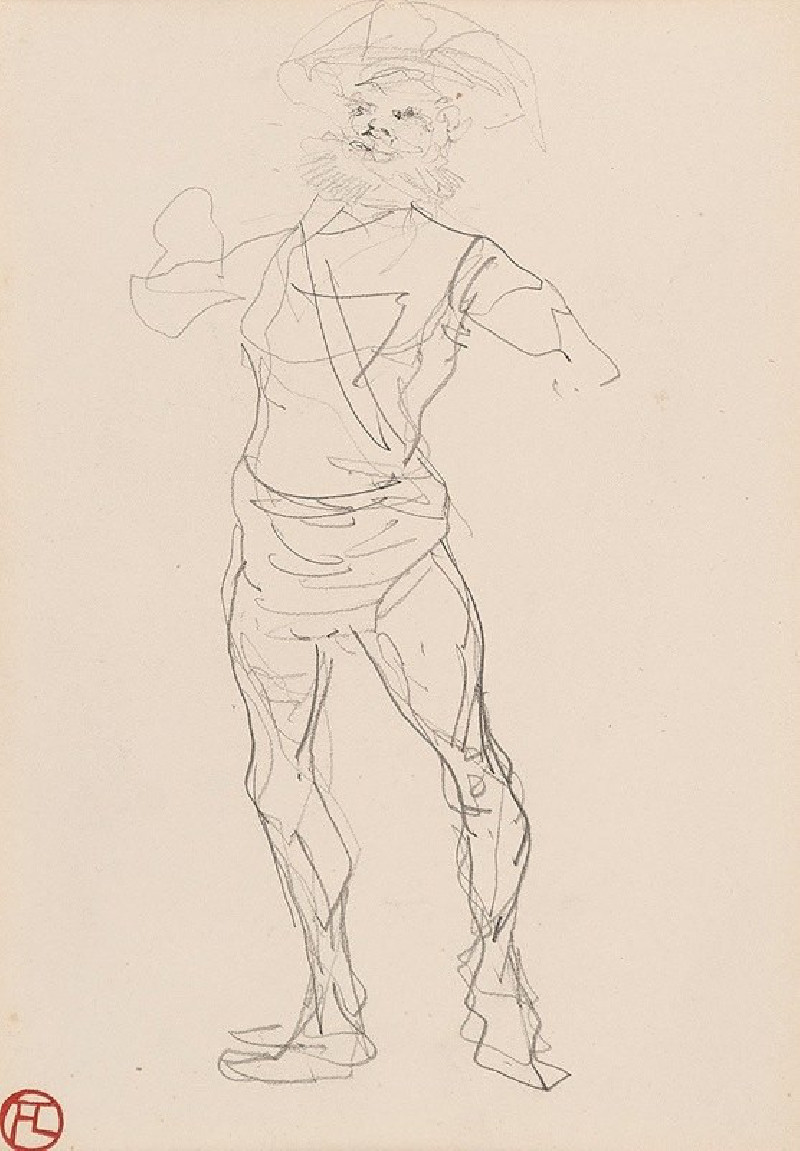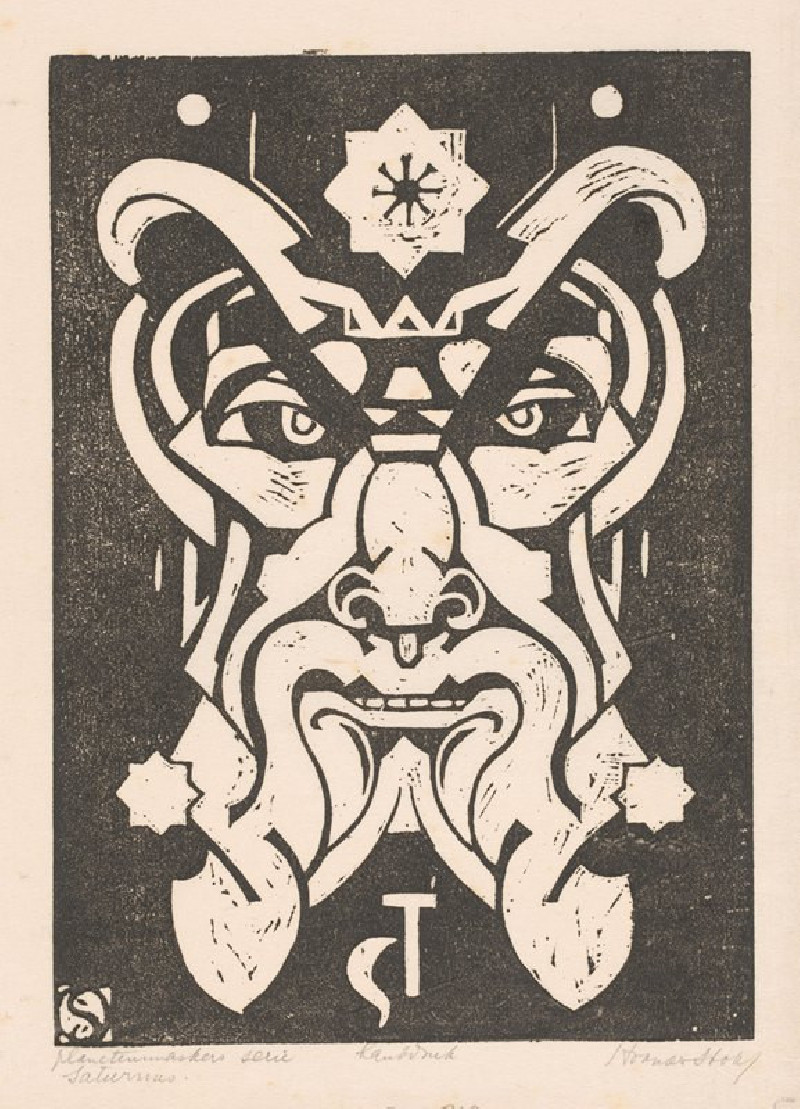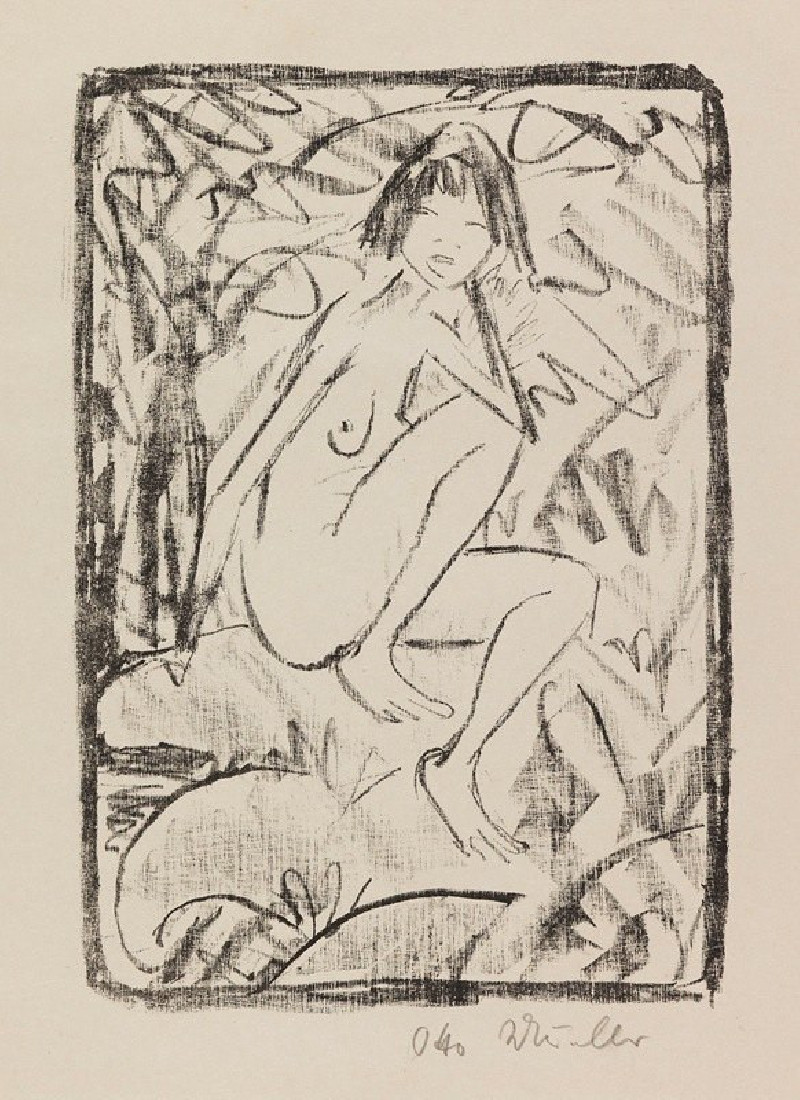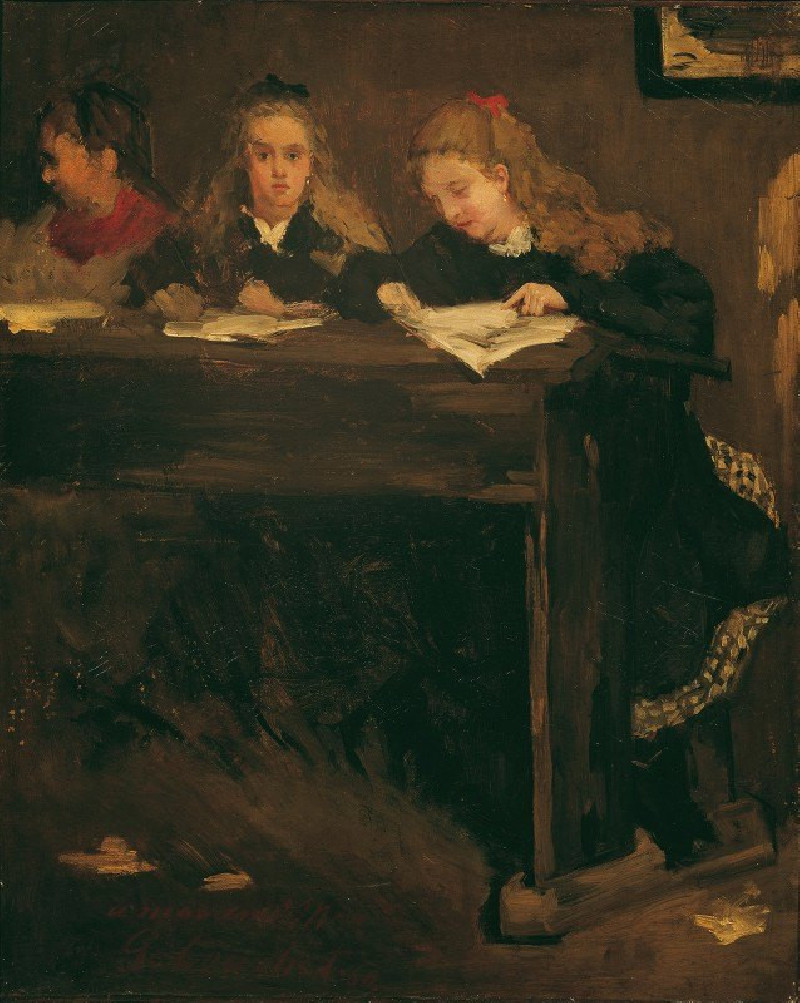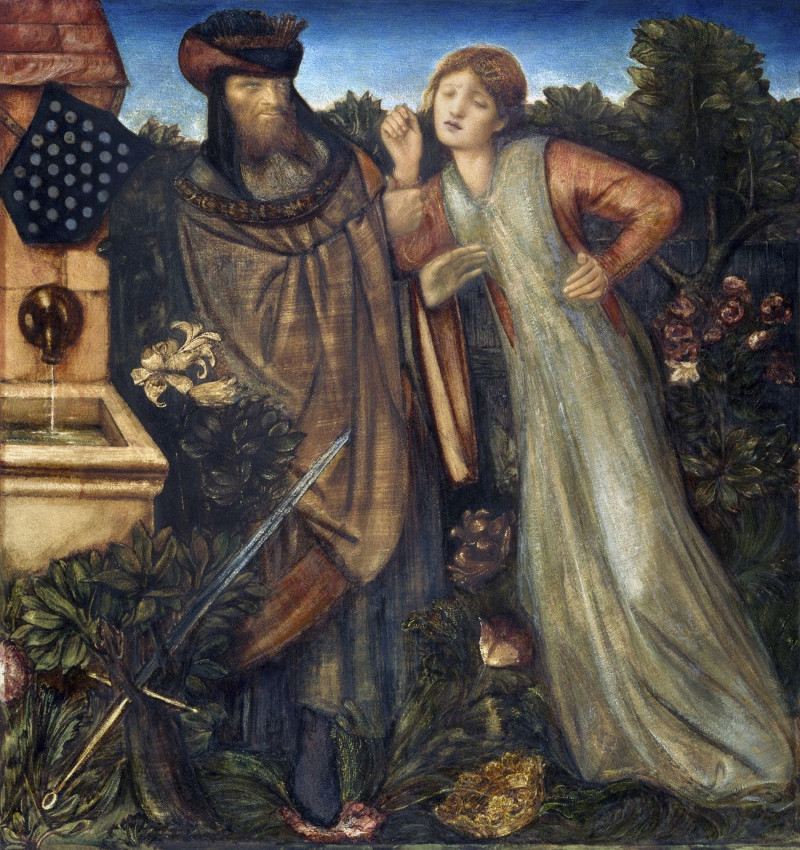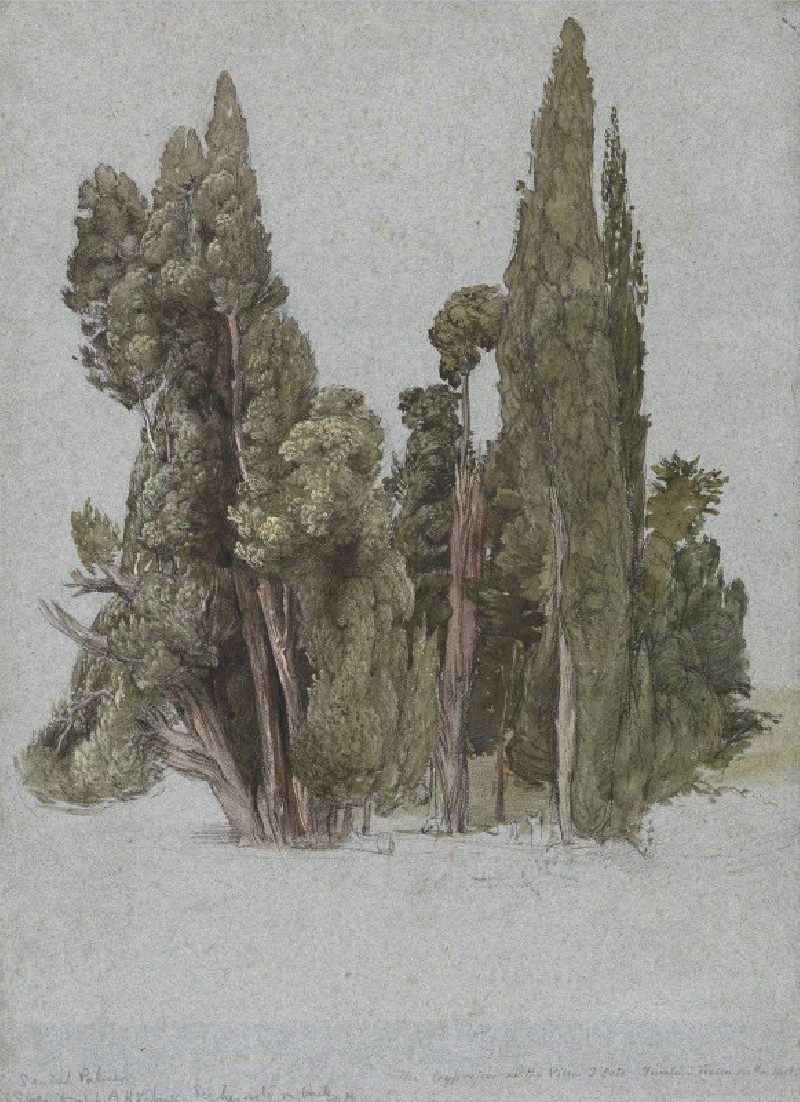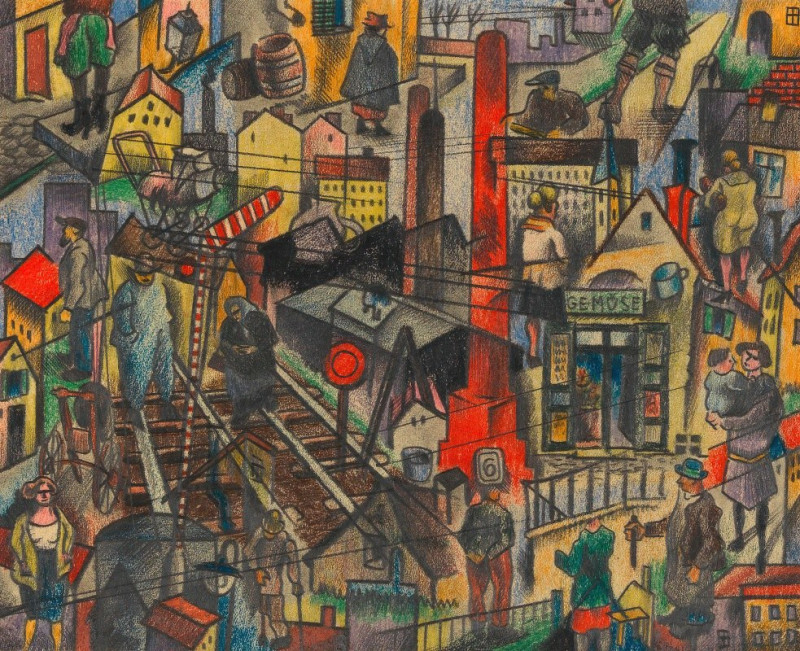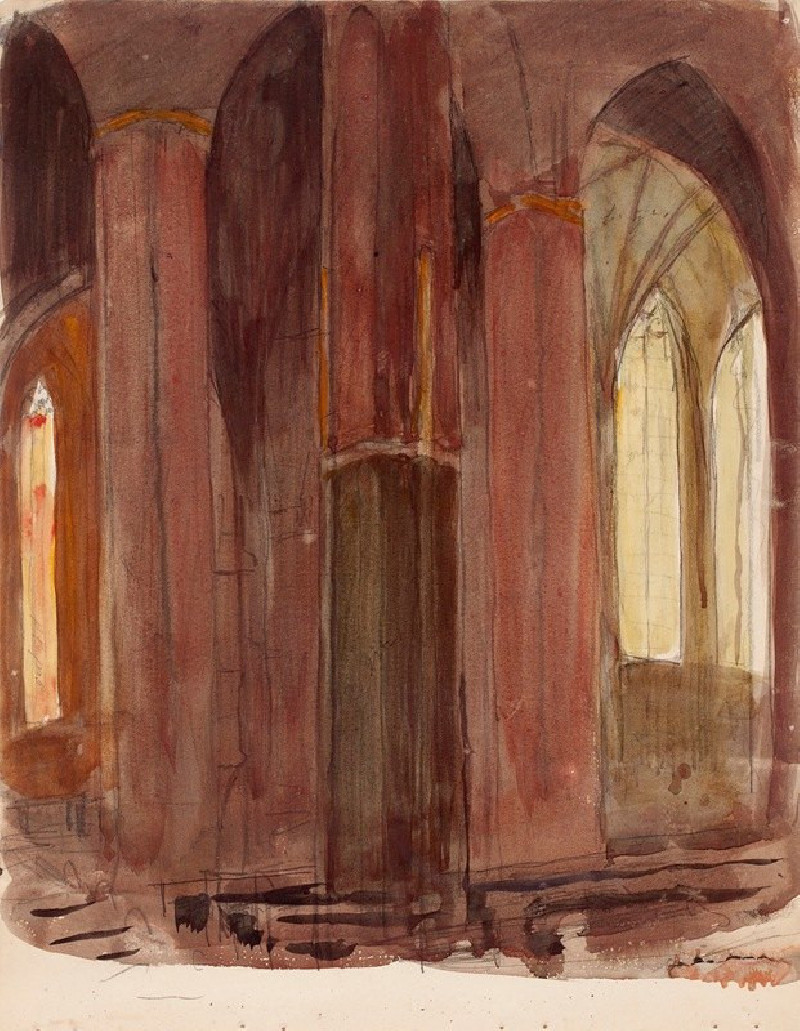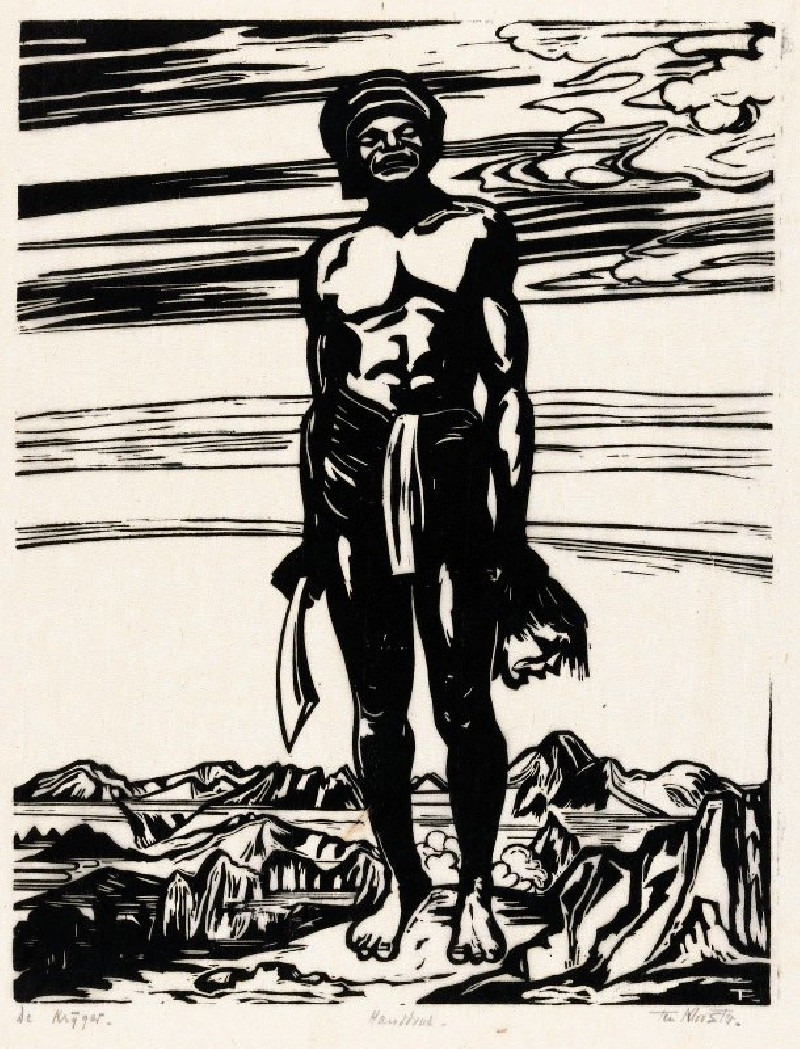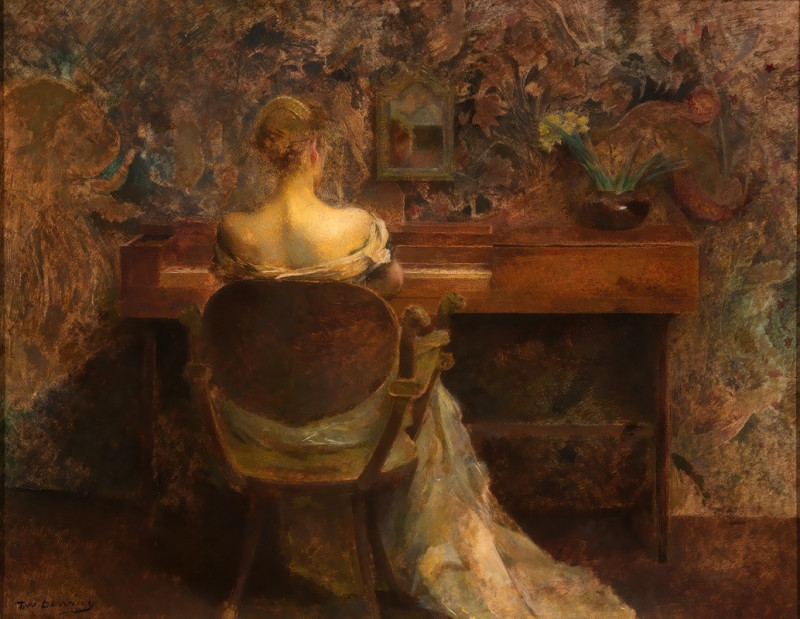Nénuphar 2 (1896)
Technique: Giclée quality print
Recommended by our customers
More about this artwork
Discover the serene beauty and intricate design of "Nénuphar 2", a masterful artwork by accomplished artist Maurice Pillard Verneuil, created in 1896. This remarkable painting captures the essence of the Art Nouveau movement, known for its decorative arts approach that emphasizes flowing natural forms and vivid, detailed patterns."Nénuphar 2" features a harmonious arrangement of water lilies set against a stylized backdrop of rippling water. The composition is divided into multiple sections, each elaborating on the theme with varying perspectives and design elements. In the central panel, large, detailed white water lilies float gracefully on a network of undulating, blue and golden-yellow bands that suggest gentle waves, enhancing the floral subjects with a sense of depth and movement.The upper and lower parts of the painting present a narrower focus on rows of green lily pads, interspersed with blossoms viewed from above, framed by a decorative border that celebrates geometric and floral motifs. The left panel of the composition showcases a vertical design, featuring water lilies with striking red and green hues contrasted against a pale background, reinforcing the naturalistic yet stylized theme of the entire piece.Through "Nénuphar 2", Maurice Pillard Verneuil not only showcases his affinity for botanical accuracy and artistic decoration but also offers a soothing, rhythmic exploration of natural forms, making it a significant piece in the Art Nouveau repertoire. This painting is a testament to Verneuil's talent in harnessing the power of pattern and color to evoke both the tranquility and the intricate beauty of nature.
Delivery
Returns
Maurice Pillard Verneuil was a French artist and decorator in the Art nouveau movement. He was born in Saint-Quentin, France. Maurice Pillard Verneuil learned his trade from the Swiss designer Eugène Grasset. Maurice Pillard Verneuil then went on to become a well-known artist and designer. He was inspired by Japanese art and nature, particularly the sea. He is known for his contribution to the art deco movement and, in particular, his use of bold, floral designs in ceramic tiles, wallpapers and other furnishing textiles.

